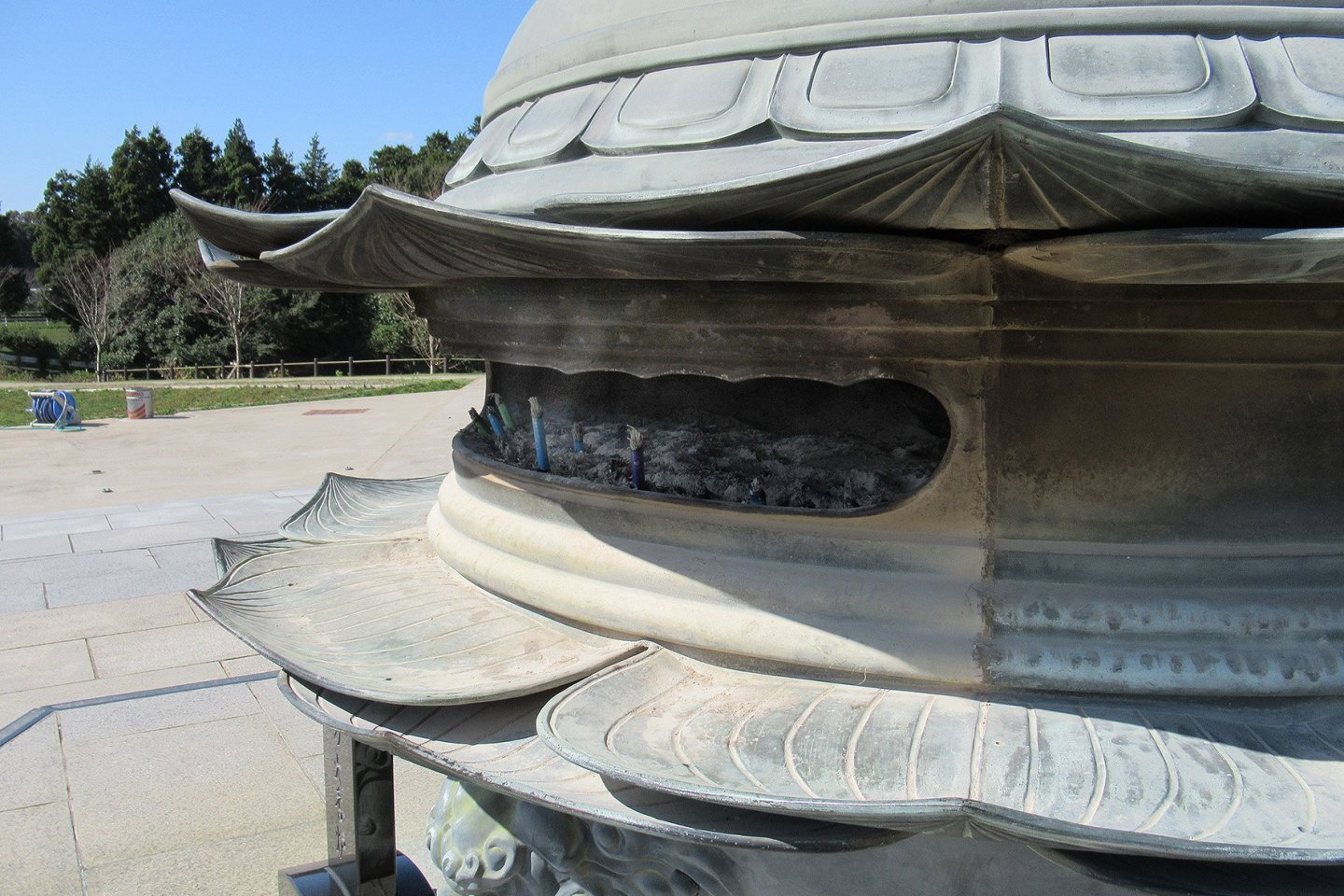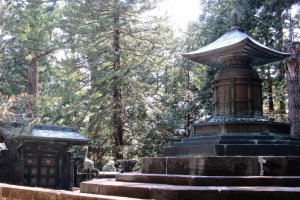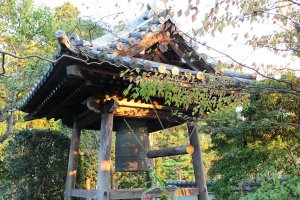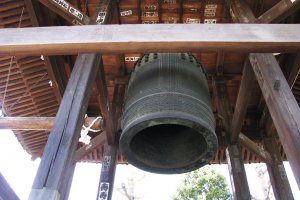Buddhist temples are found everywhere in Japan, so I had a desire to at least partially understand what it was I was seeing, without pretending to have a deep knowledge of Buddhism.
In many temples, the entrance is marked by gates guarded on both sides by intimidating Nio giant guardians but unlike Shinto temples, Buddhist temples do not have a water purification ritual at the entrance gate. Instead a burner for lighting incense sticks - a traditional offering - features. It's believed that the fragrant smoke transfers the desires and hopes of worshippers to the kingdom of the Buddha, and cleansing from the inside, burning away negative qualities.
Pagodas
On the grounds of larger temples can be found a multi-tiered pagoda tower called a tou. The entrance to a tou is usually closed as it is considered a place where the remains of the earthly body of the Buddha are stored. In the center of the structure there is a pillar, on top of which, according to legend, the remains are kept. Tou are crowned by a tall spire known as a sou-rin that supports a flaming pearl hoju - a symbol of the precious teachings of the Buddha. The hoju is round with a cone-shaped protrusion and surrounded by flames.

Temple bells
Each temple has a bell, which is called bonsho. The bell is placed in a special tower called a shorou, to which a round wooden beam is tied and with which the bell is struck. It is believed that the shape of the bell is an image of a seated Buddha, so one should show respect to the bell in the form of bows. In past centuries, bells were an alarm signal, a prayer signal as well an indicator of time.
Bells ring during the Obon festival – it is believed that the sound of the bell is heard in the realm of the dead. In the New Year, the bell rings 108 times, with each stroke destroying one of the human vices. I've read that there are only six vices in Japan - anger, greed, envy, stupidity, indecision and frivolity, but each of them has 18 shades, coming out to a total of 108.

Paths
Paths that lead to the temple are lined with toro lanterns and their direct function was to illuminate the road and entrance to the temple. Inside the temple can be found statues of the Buddha and other revered figures, as well as drums and ritual items.

Symbols
There are a number of symbols that can be found in temples and include:
Manji means greetings or good luck wishes and are also used as map symbols for temples.

Tomoe features three drops converging in the center of a circle, depicting world unity. Tomoe is one of the most common Buddhist symbols in Japan.

Drachma Wheel is a symbol of the incessant circle of births and deaths. There are other interpretations but in essence, the three parts of the wheel - the hub, spokes and rim - symbolize the three aspects of Buddhist teaching: ethics, wisdom and concentration.































